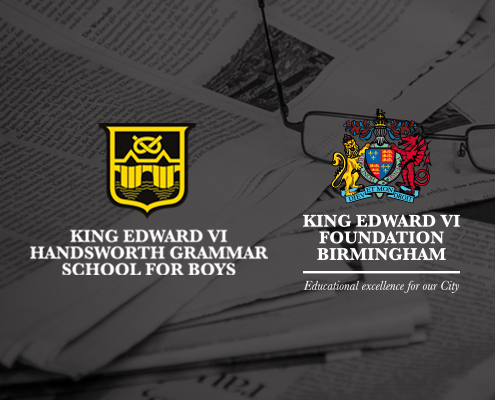A Level Warwick University Geography Lecture
14th November 2014 was an impressive day for AS level Geographers. We attended a lecture about shale gas by Professor Michael Bradshaw of Warwick University.
The lecture was about why shale gas has been used extensively in the United States, the potential for it to be mined here and the possible advantages and disadvantages.
Shale gas is natural gas which is extracted from shale rock – nothing too controversial so far. But that poses the question ‘what is shale?’ and ‘why does shale contain this natural gas?’ Well, shale is clastic sedimentary rock composed of clay particles. Natural gas in shale has, essentially, formed from the remains of animals and plants that died millions of years of ago – much like coal and oil were formed. This material was then buried, compressed and heated in the earth’s crust for a long period of time; this process is referred to as thermogenic methane generation.
Methane is a greenhouse gas and an important part of the debate as some believe methane is released during fracking. Methane has 20 times more global warming potential than carbon dioxide, although it doesn’t hang around for as long in the atmosphere (methane about 10 years, carbon dioxide about 100 years).
Shale gas is found worldwide in large sedimentary basins which have been allowed to accumulate over millions of years. Shale is the most common rock in the world. However, not all shale contains enough natural gas to make it worthwhile to mine and so geological modeling in conjunction with drilled rock samples are important in helping us determine whether or not we should attempt to extract shale gas from a shale deposits. This is one of the controversial aspects of fracking, you have to keep drilling just to find out if you’ll get any or how much gas you’ll get. One drill could hit a ‘sweet spot’, another, nothing!
Hydraulic fracturing – or as it is more commonly known, fracking – is the process by which shale gas is extracted. Once a site is identified, the drilling commences. A well is drilled downwards until it reaches the target depth, the wellbore then begins to drill along a horizontal section. Shaped charges are then put into the well and they blast holes in the well walls to create cracks in the rock. Water, sand and chemicals are then pumped in at high pressure in order to expand and hold open the fissures in the rock. Once the water and chemicals are removed from the well, the gas flows out. This process, as you can imagine, is one which has the possibility of inducing seismic activity and contaminating underground aquifers; two of the most controversial aspects opponents point towards, not to mention that it requires an awful lot of water.
So, with an upcoming general election, the fracking debate (or should we say ‘well stimulation’ as some American companies have re-branded it in the face of bad press?) is likely to become an electoral issue. Where do you stand? About 50% of the gas in your home comes from abroad; fracking could reduce that to 20%, thereby securing a better domestic energy mix and not having to rely on the likes of Russia for imports. What about the tax revenues it will bring, not to mention local jobs and investment? Or do you think that investment in renewables is a wiser step given fracking provides more questions than answers to the all-too-familiar environmental concerns posed by the burning of fossil fuels?
Zeshan Haider 12MMI








